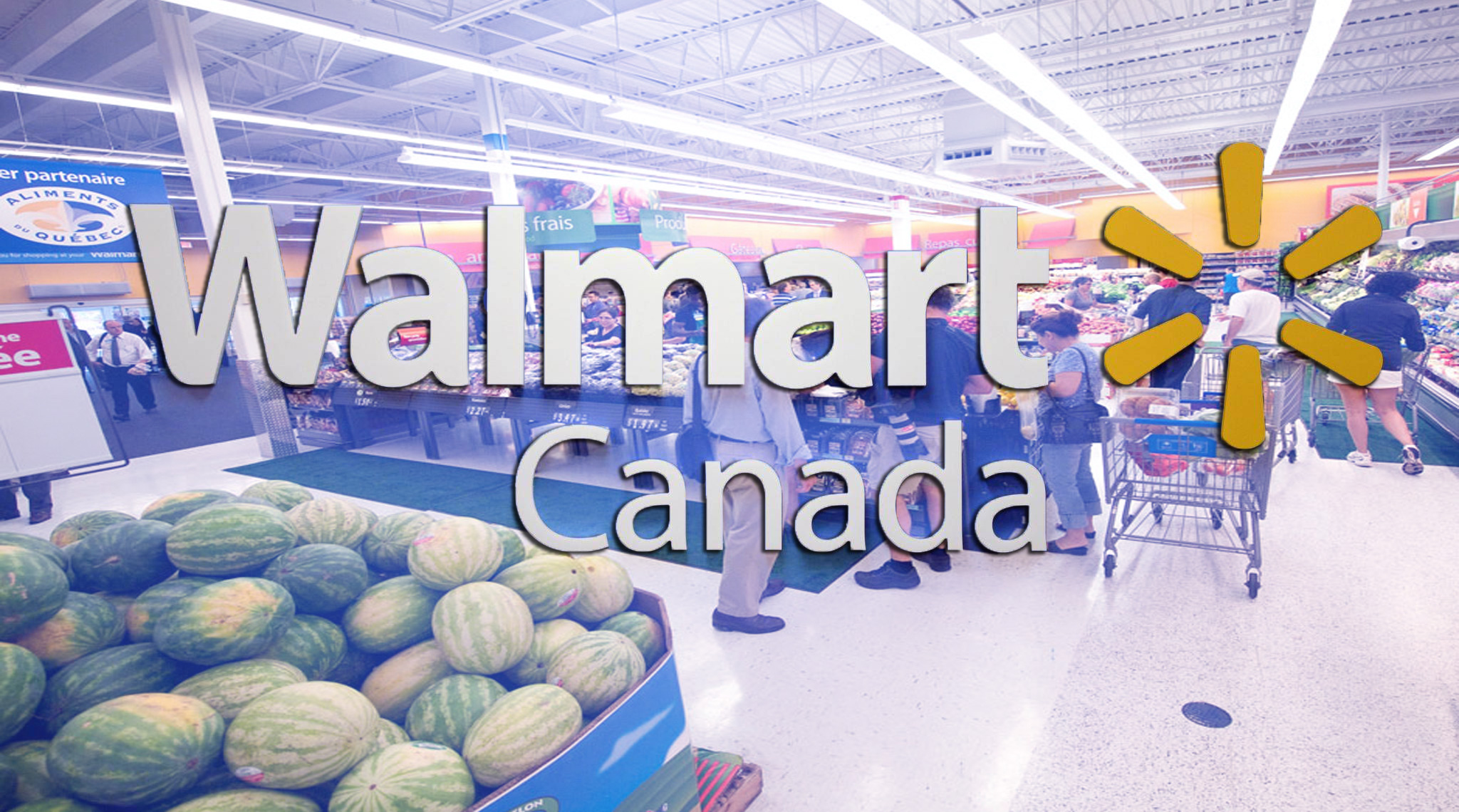Walmart Creates Angus Beef Supply Chain and Cutting Out Meat Processors

Walmart Inc is taking control of the supply chain for Angus beef sold in some of its stores, cutting out meat processors as the company looks to offer higher quality products in an intensely competitive grocery industry
Reuters
The world’s largest retailer said on Wednesday that the move would allow it to ensure supplies of quality Angus beef and meet demands from customers who want to know the origin of their meat.
Normally, Walmart would buy Angus beef from companies like Tyson Foods Inc and Cargill Inc.
Walmart has now arranged to source cattle from Texas rancher Bob McClaren of Prime Pursuits and 44 Farms, who said the retailer will sell no-hormones-added Black Angus beef.
“This is a unique approach by Walmart to pursue a direct link from calf to plate, but it comes with plenty of risk and new variables”
The cattle will be fed at a feedyard that specializes in avoiding hormones, slaughtered in Kansas and packaged in Georgia before the beef hits shelves in about 500 Walmart stores in the southeastern United States.
“Having visibility to the end-to-end process lets us know we are helping our customers bring a consistently great piece of meat to their table every time they buy with us,” Scott Neal, Walmart’s senior vice president of meat, said in a statement.
Tyson and Cargill said they supported Walmart’s project. Tyson shares slipped 0.9 percent, while Walmart shares rose 0.4 percent.
Walmart’s efforts to exert more control over its meat supply come after it switched to selling high-grade Angus beef in 2017.
The retailer’s latest actions target younger consumers who want more transparency in food production and no growth hormones in their meat, said Cassie Fish, a beef industry expert who formerly worked at Tyson.
“It’s a play for the millennials,” she said.
Walmart has separately increased its control over its dairy supply by opening a processing plant in Indiana that supplies private-label milk to stores.
Rival Costco Wholesale Corp is meanwhile building a chicken plant in Fremont, Nebraska, that will serve its stores.
“There appears to be an emerging trend of backwards integration into the ag supply chain,” said Jeremy Scott, an analyst at Mizuho.
“This is a unique approach by Walmart to pursue a direct link from calf to plate, but it comes with plenty of risk and new variables.”
Walmart would struggle to create a supply chain that covers all its beef needs, Vertical Group analyst Heather Jones said, so the retailer will still need to buy some meat from Tyson.
Processors such as Tyson buy cattle from feedlots in broad geographic areas and own multiple plants that slaughter beef for sale by retailers and restaurants.
Tyson also recently announced a program to trace the origins of beef raised without antibiotics or added hormones.
“We’ve gone through several years now of very strong demand for beef,” said David Anderson, an agricultural economist at Texas A&M University. “A big part of that is consumers’ demand for higher quality.”
Reporting by Tom Polansek in Chicago; additional reporting by Soundarya J, Nivedita Balu and Aishwarya Venugopal in Bengaluru; editing by Cynthia Osterman












